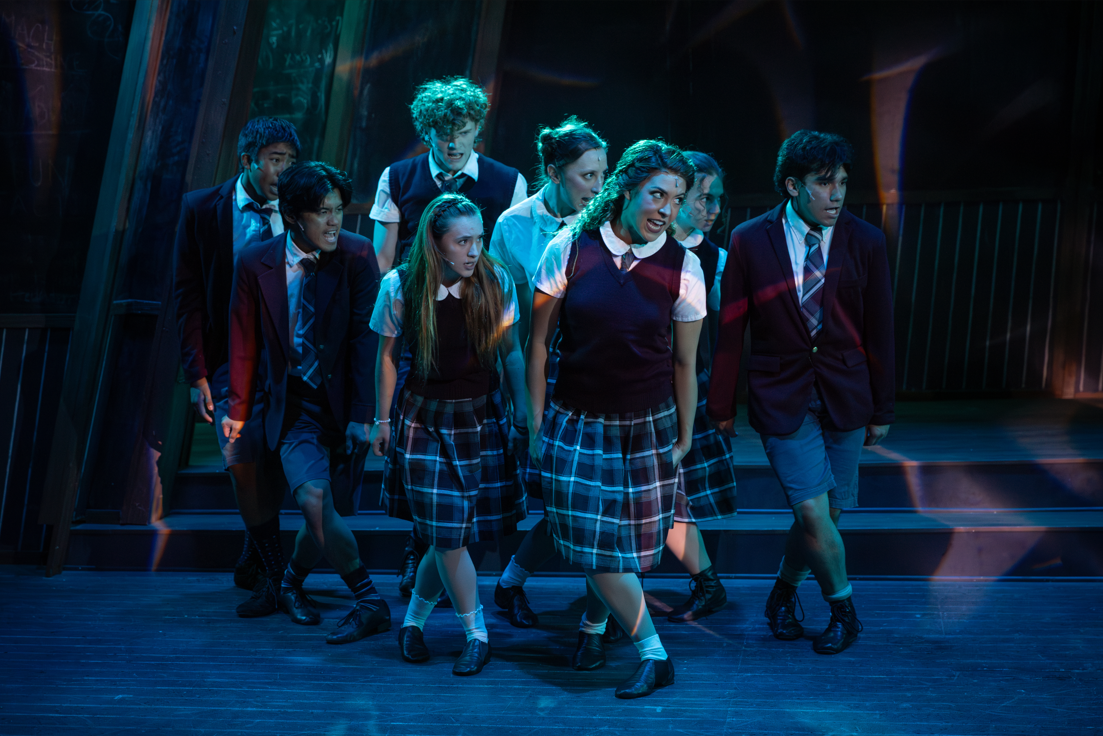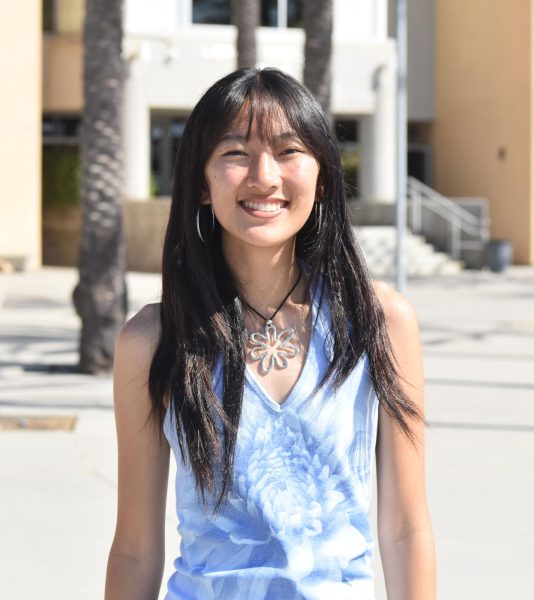Snow sparkled under Anchorage, Alaskan skies, sunlight refracting, but Grayson Skarsvaag (11) outshone at the Egan Convention Center, Nov. 2, as he weaved through the blue-lit stage, his body expanding and collapsing to Ryuichi Sakamoto’s heavy string instrumental, “Hell’s Ensemble.”
Skarsvaag won first place, scoring a perfect 300 points with his senior division contemporary solo at the NUVO Dance Convention, Nov. 1-3. Hosted by DanceOne, the world’s largest global programming brand for dance entertainment, NUVO tours throughout North America, with competitions in different cities every weekend until May.
Throughout his performance, Skarsvaag said he relied heavily on his background in ballet while incorporating different styles of contemporary dance.
“My ballet training helped me a lot because it’s about the placement of your arms, the placement of your feet and everything having to be in a specific way so that mentality has helped my technique in contemporary,” he said. “ [There were] very smooth, slow and controlled moments in my solo where you can tell there was a lot of ballet background in order to execute those movements. It’s not just contemporary but a mix of the styles.”
While Skarsvaag said he is trying to attend as many competitions as he can this season through his studio Danceology, traveling to these conventions isn’t just about winning competitions.
“They have master classes where they have professional teachers in the dance industry come and teach us,” he said. “They’ll teach a dance combo or a technique class, so I’ve learned how to improve all my dance styles. They have different teachers every weekend, so if I see that there’s a teacher teaching in that city that I really want to learn from, [then] I want to make it happen.”
What appealed to Skarsvaag about flying as far as Alaska was getting the opportunity to learn from and talk to a professional dancer he deeply admired: Nicholas Lanzisera.
“He’s so talented and I wanted to learn from him, because he doesn’t go to other [conventions] really except for [in] Alaska,” Skarsvaag said. “He’s a contemporary dancer and his movement quality is so insane and similar to mine. I also wanted to ask him about [dance] after high school. He told me about the dance industry, how he moved to LA, started doing classes there, taking and teaching them. Then he signed with an agency and he got both jobs and auditions; that’s kind of what I maybe want to do in the future.”
In attending these conventions, Skarsvaag said he’s also able to make connections with dancers of diverse backgrounds, both nationally and internationally.
“It’s so fun because I get to meet new friends and [some] were not anywhere close to me at all,” he said. “There were people from Canada who came too, so it’s good to see the diversity throughout the dance community.”
Skarsvaag said being able to travel to compete against dancers pushes his own bounds in experimentation as he is given the chance to analyze the styles of so many other dancers.
“What motivates me is other dancers I see on social media and in person in those different cities, seeing how they interpret the dance or the movements is so inspiring,” Skarsvaag said. “When I watch them, I think ‘How can I use their style and add it with my style to make this choreo or this dance better?’ For me, that is the main motivator.”
Skarsvaag has been dancing competitively since he was 8 years old, taking lessons and practicing at studios. But just two years ago, his environment was drastically changed. In his sophomore year, Skarsvaag moved to San Diego from San Jose, which uprooted many of the familiar connections he had made through dance.
“It was scary, of course [and] I was terrified,” Skarsvaag said. “But the teachers and everyone at my new studio, [Danceology], are so supportive and so nice and they help me move through all that.”
Outside adjusting to a new school, new instructors and new peers, Skarsvaag said that he also underwent stylistic changes as a dancer.
“Training here is so different from my old studio,” he said. “At my old studio, the training wasn’t as difficult. It was more about rehearsing the dances, making sure they are perfect instead of learning how to dance. With my studio here, I had more ballet training, hip-hop and other styles too. It helped me grow as a dancer.”
Skarsvaag joined Dance Troupe this year as a first-year member, a path he had wanted to take since he was in San Jose, researching the different high schools in San Diego. The audition process was nerve-wracking, but Skarsvaag said he couldn’t be more grateful for the community he found.
“I was a little intimidated because I didn’t know [the members of Dance Troupe] and I didn’t have any classes with any of them, so it was kind of hard for me to connect with some,” he said. “[At] tryouts [there] were a lot of people and it was really intimidating, but they were so supportive and so welcoming. I love it now. The whole team is so nice and I love practicing with them.”
According to Skarsvaag, before moving, he’d always been a solo dancer; team dance just wasn’t a viable option where he used to live. While he won’t be participating in Dance Troupe’s competitive season, Skarsvaag said being on a dance team has allowed him to interpret performance in a new way.
“In San Jose, there weren’t any dance teams at any schools,” Skarsvaag said. “Meeting the people here and learning from them, what they know of dance, has given me more insight to what I want to do in the future. I haven’t been on a competition team so I don’t know what that’s like, but from all the football half times, it’s so fun. As a solo [dancer], you rely on yourself and if you mess up, it’s whatever, but as a team, it’s a big community; you all have to trust each other and rely on one another to make the dance amazing.”
Skasvaag said being a part of Dance Troupe has taught him the fundamentals of teamwork as well as hip-hop and jazz styles, making him a more versatile dancer. With a diversified skill set, Skarsvaag said he is able to have more creative liberty.
“All those strengths in those styles I’ve added to my contemporary training and my creative process,” he said. “Now I have a bigger palette of styles I can choose from. Say I’m learning a combo at a convention; I learn the combo, but then I can interpret the movement in a different way than what’s necessarily asked and I go [through] a deeper thought process.”
As Skarsvaag’s experience in the dance world has evolved, in experimentation and exploration, he said his relationship with criticism has changed along with it.
“In dance, doing competitions and auditions, you are told ‘No,’ a lot of the time; it’s given me tougher skin,” Skarsvaag said. “[When I face] rejection or any kind of criticism outside of dance, I know it’s nothing compared to what I’ve been told in dance. So when im at school and I’m told an assignment was bad I’m like ‘Ok, I’ve been told so much worse, it’s nothing [to] a ballet class or in an audition process; I can overcome this.’”
As a male dancer, Skarsvaag knows he is subject to judgment outside just the audition room. These fears followed him entering Dance Troupe, but they were soon shut out by the support he’s been shown.
“It’s really terrifying because [being a male dancer] is not the social norm,” Skarsvaag said. “Being at this school, I was terrified of going to dance and performing at halftime shows being a boy, but I’ve been shown so much support and open arms. I just want other [boys] who like dance or want to try it know that you can, that you can do anything.”
Moving forward through his competition season, Skarsvaag does not plan on hesitating — for him, every opportunity is golden.
“Developing myself as a dancer has helped me be confident,” he said. “At my old studio I got told ‘No,’ so many times and I wasn’t given any opportunities that I really wanted. Being here, being in Dance Troupe, Danceology and all those competitions, I’m given more opportunities than I’ve ever wanted, and I want to take every single opportunity because I’ve been told no in my younger years.”



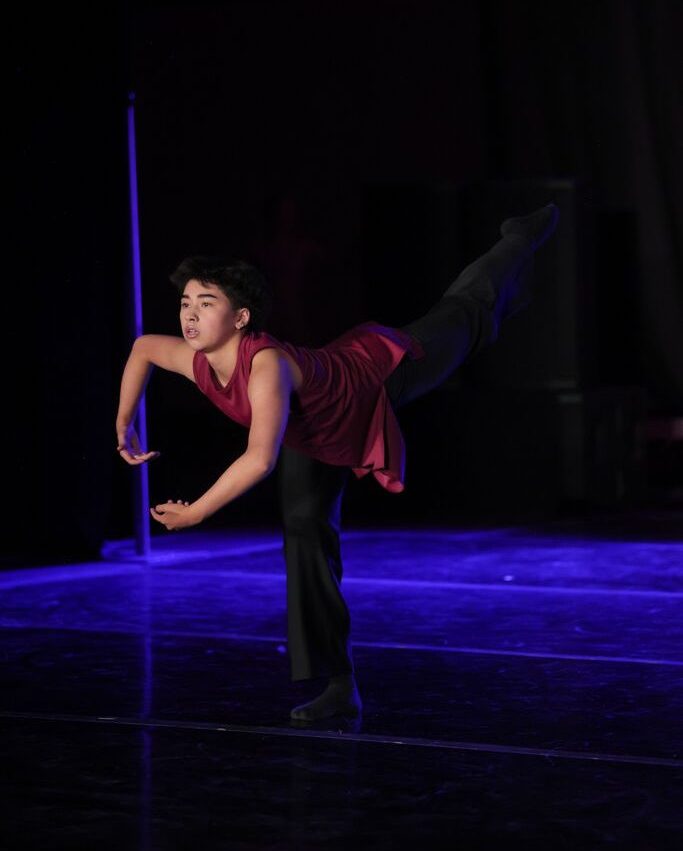
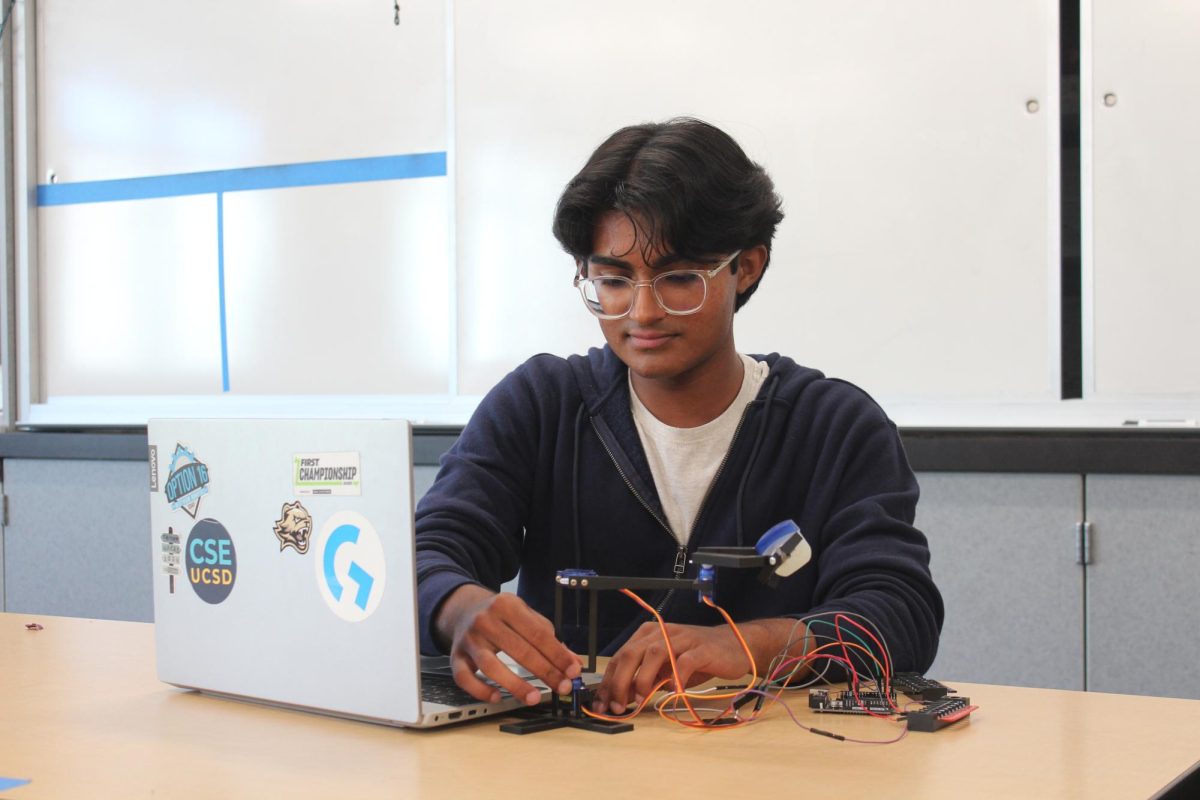

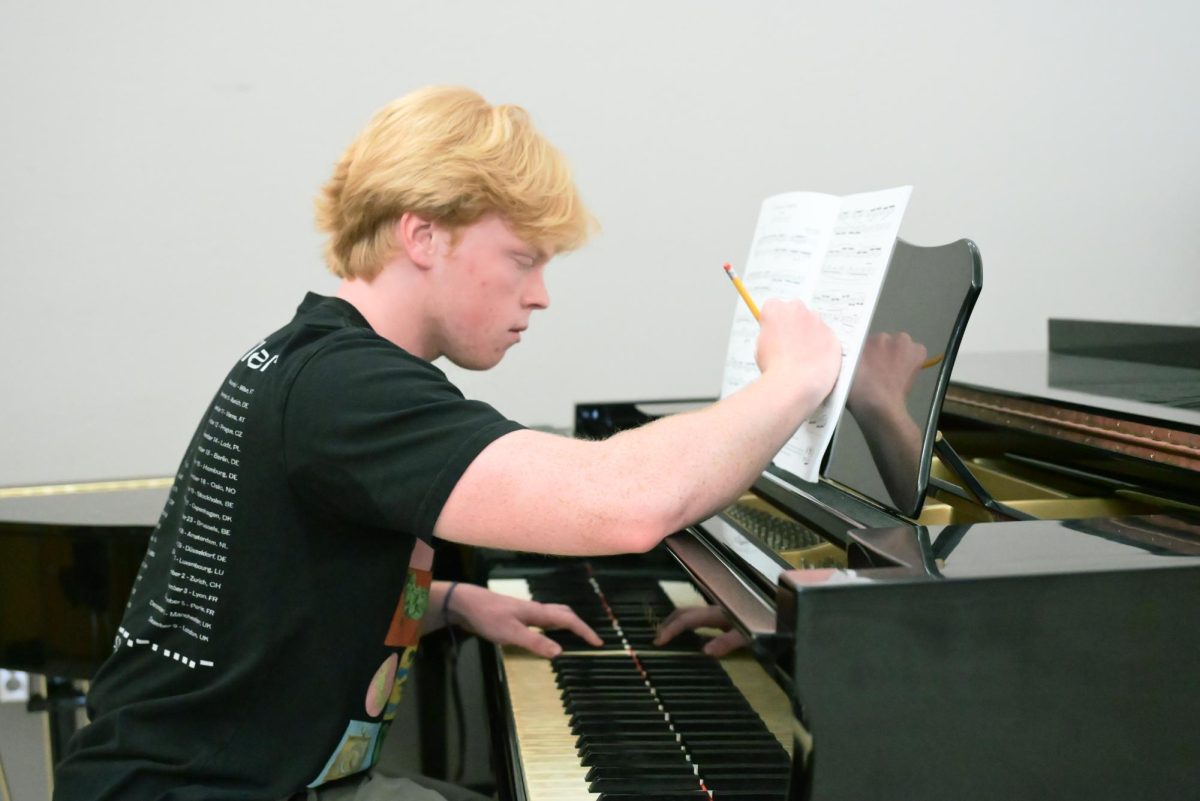
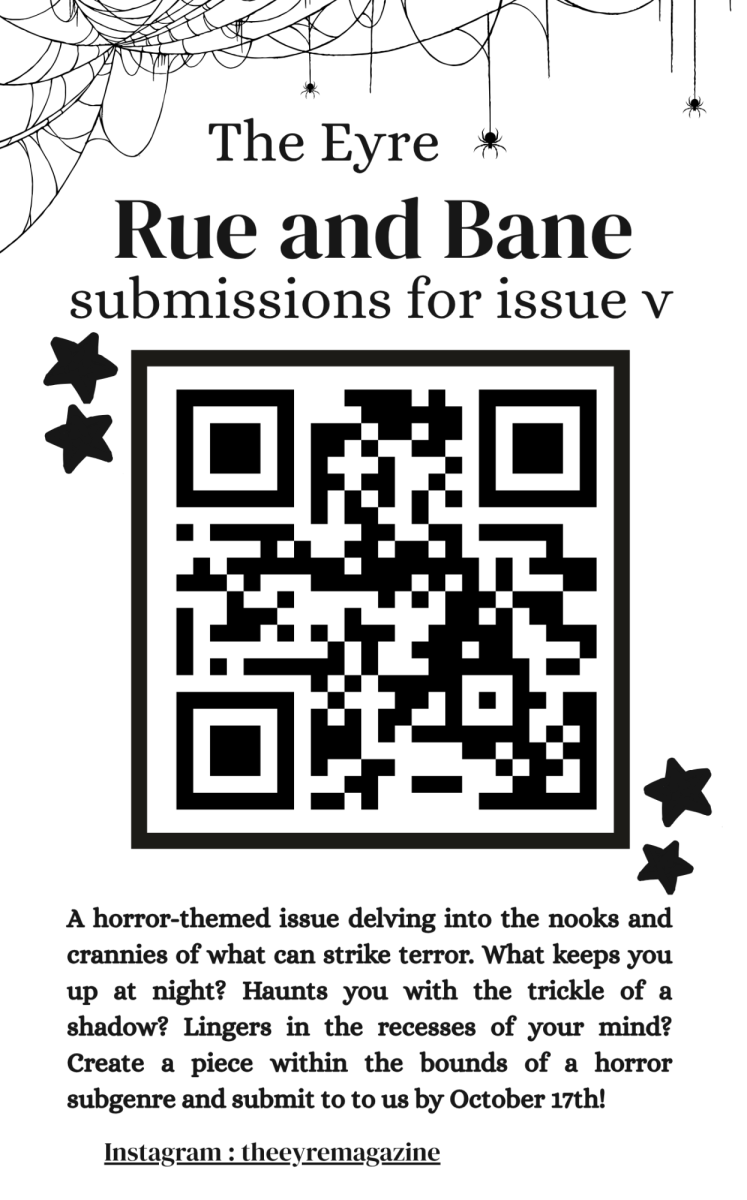
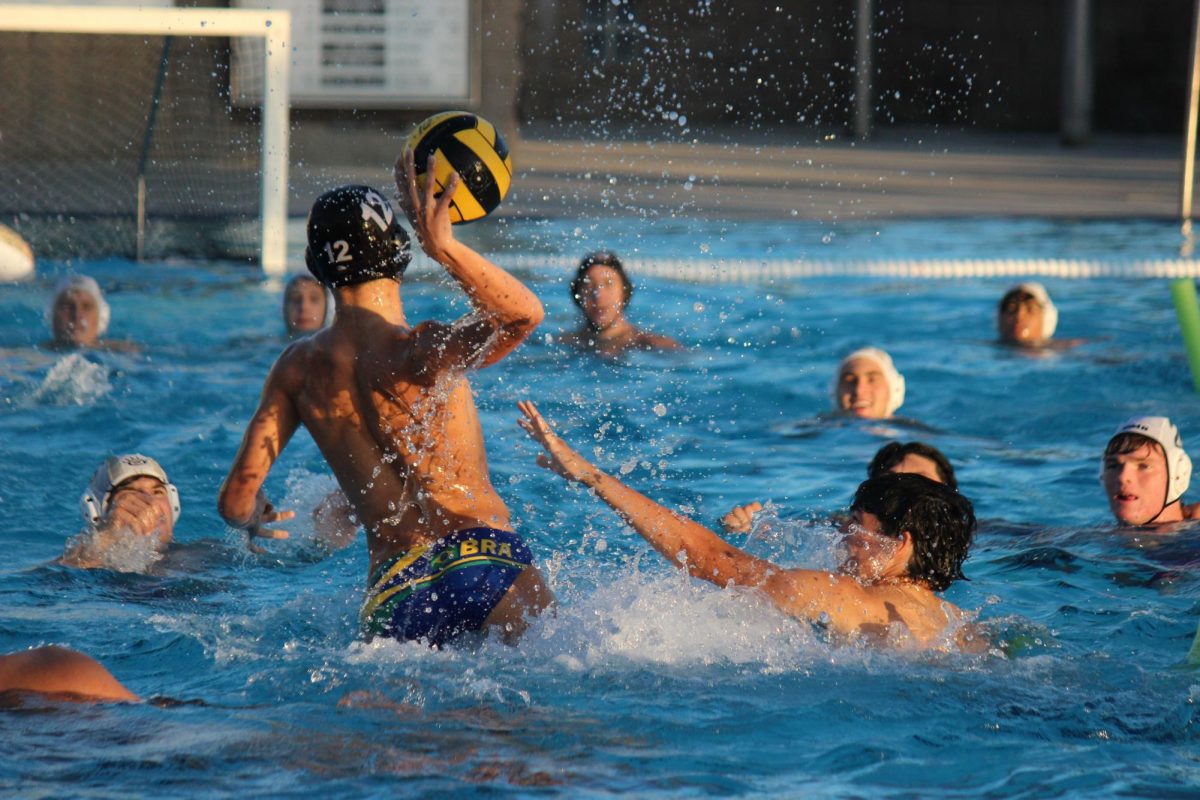

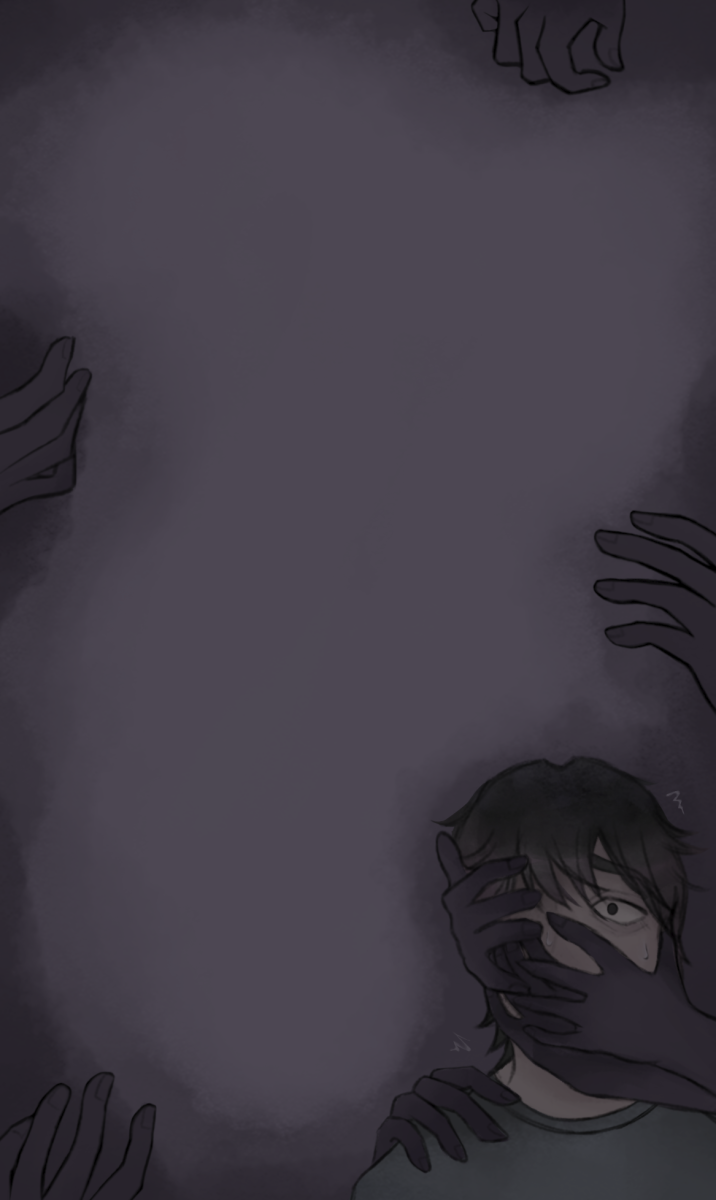
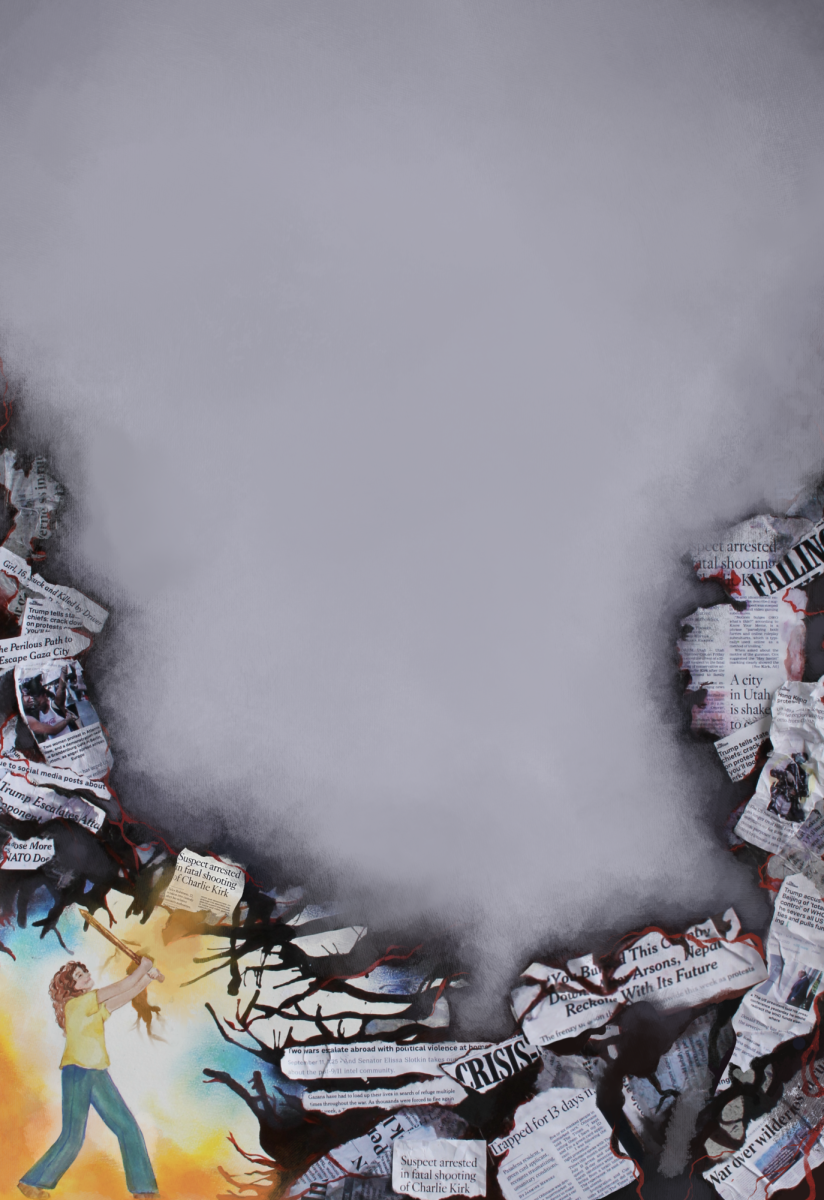
![Jolie Baylon (12), Stella Phelan (12), Danica Reed (11), and Julianne Diaz (11) [left to right] stunt with clinic participants at halftime, Sept. 5. Sixty elementary- and middle-schoolers performed.](https://wvnexus.org/wp-content/uploads/2025/09/IMG_1948-800x1200.png)
